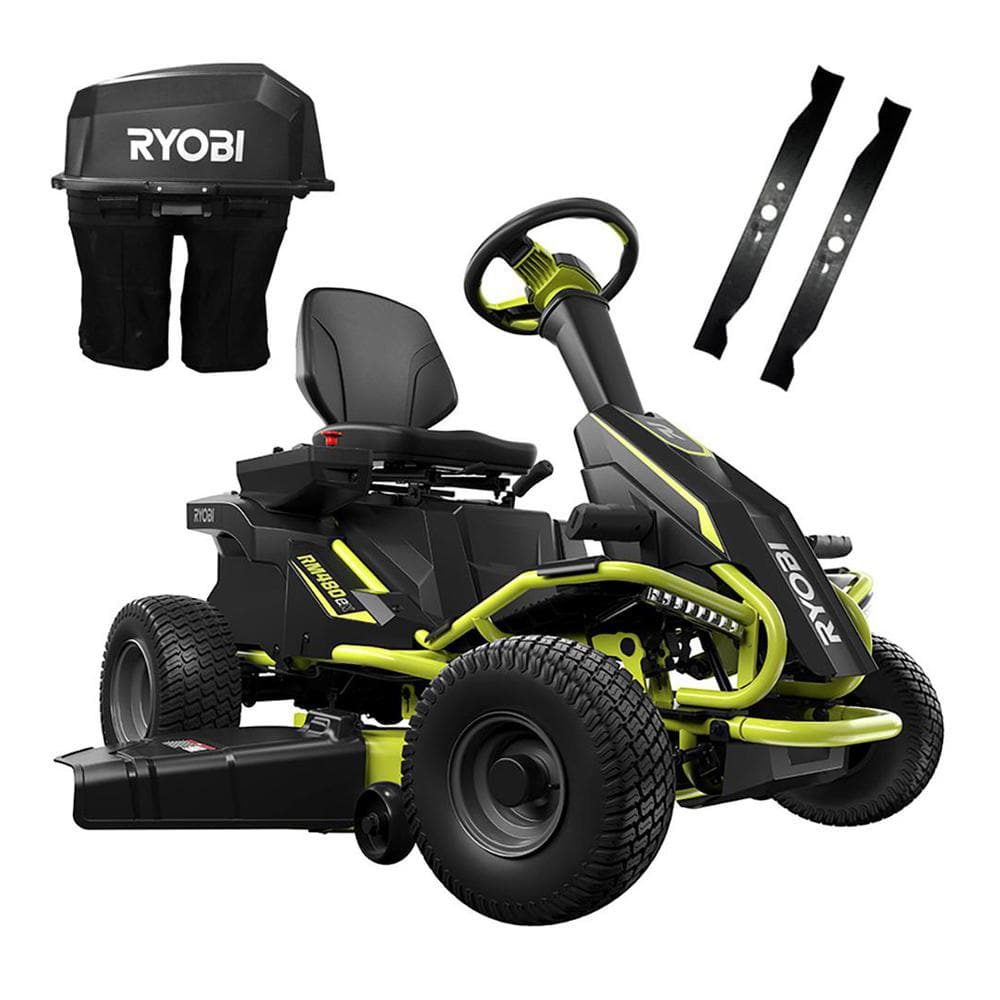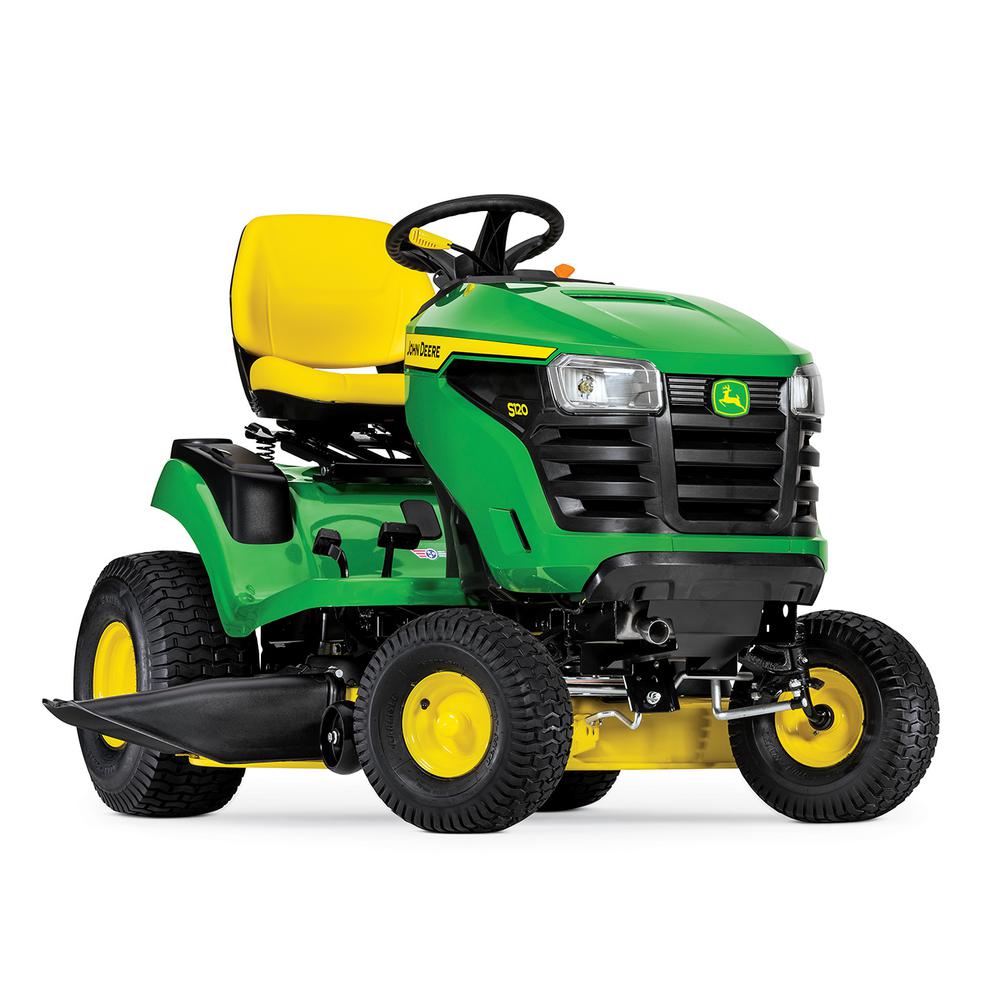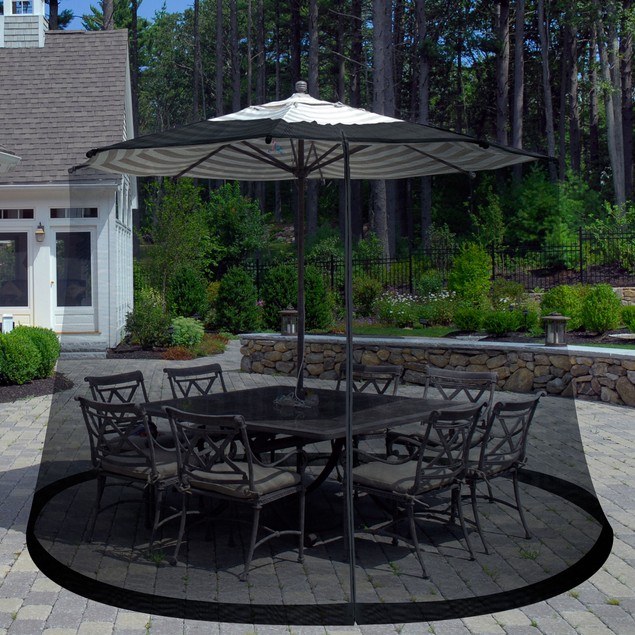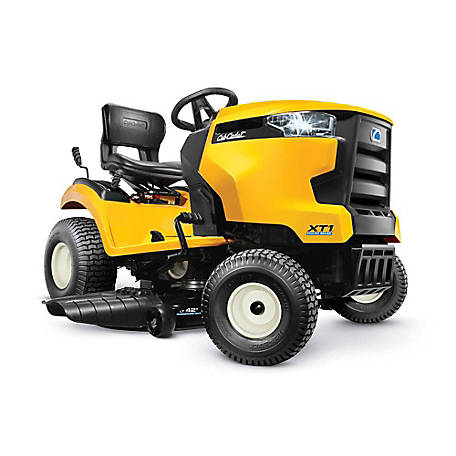Patio Furniture Set Lofka 3 Pieces Outdoor Rocking Chairs Set with Glass Coffee Table for Garden, Bistro, Porch, Balcony, Backyard, Gray Cushion
Enhance your outdoor relaxation with our Lofka Garden & Patio Rocking Chair Set. Featuring a rocking design, curved backrest, and armrest, it provides exceptional comfort and support. The soft gray cushion and tempered glass coffee table transform your outdoor space into a stylish and inviting retreat.
Enhance your outdoor relaxation with our Lofka Garden & Patio Rocking Chair Set. Featuring a rocking design, curved backrest, and armrest, it provides exceptional comfort and support. The soft gray cushion and tempered glass coffee table transform your outdoor space into a stylish and inviting retreat.
Effortless Assembly, Lasting Enjoyment
Easy to assemble, this set is designed for your convenience and lasting enjoyment, allowing you to spend more time unwinding in your outdoor oasis. Elevate your outdoor experience with the Lofka Garden & Patio Rocking Chair Set today.
Additional information
| Material | Rattan, Steel, Fabric |
|---|---|
| Color | Gray – 3 Pieces Set |
| Finish | Gray |
| Recommended Location | Garden, Blacony, Porch, Backyard, Bistro, Patio |
| Table Height | 16 in. |
| Table Length | 16 in. |
| Table Width | 16 in. |
| Table Top Material | Tempered Glass |
| Frame Material | Steel |
| Frame Color | Black |
| Seat Height | 17 in. |
| Maximum Load Weight | 290 lb. |
| Features | Curved Armrest, Soft Cushion, Wicker |
| Assembled Product Weight | 44 lb. |
| Manufacturer Part Number | LOFKACHAIR210 |
| Assembled Product Dimensions (L x W x H) | 23.00 x 23.00 x 29.00 Inches |






by Miranda
This is just the perfect size for my patio and we love rocking chairs we couldn’t have gotten a better deal
by Diane
Putting it together was difficult.
by Cattle
I haven’t put it together yet, but it appears to be a decent set. I won’t be using it constantly, but it looks like it will last. I will tie the cushions down so they stay on, but they sit down in the seat so that may not be a problem anyway. For the price, it’s worth it.
by Robin
This was easy to put together and it looks great on the patio. I like that the chairs are rockers.